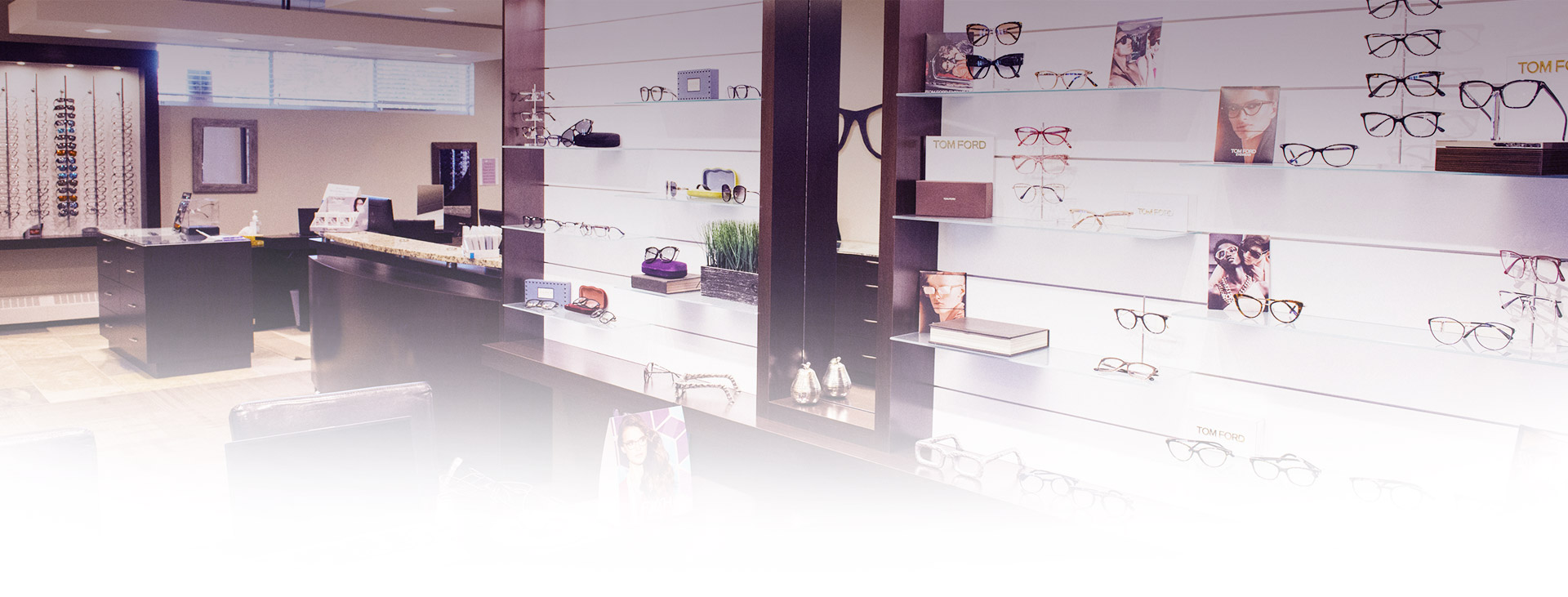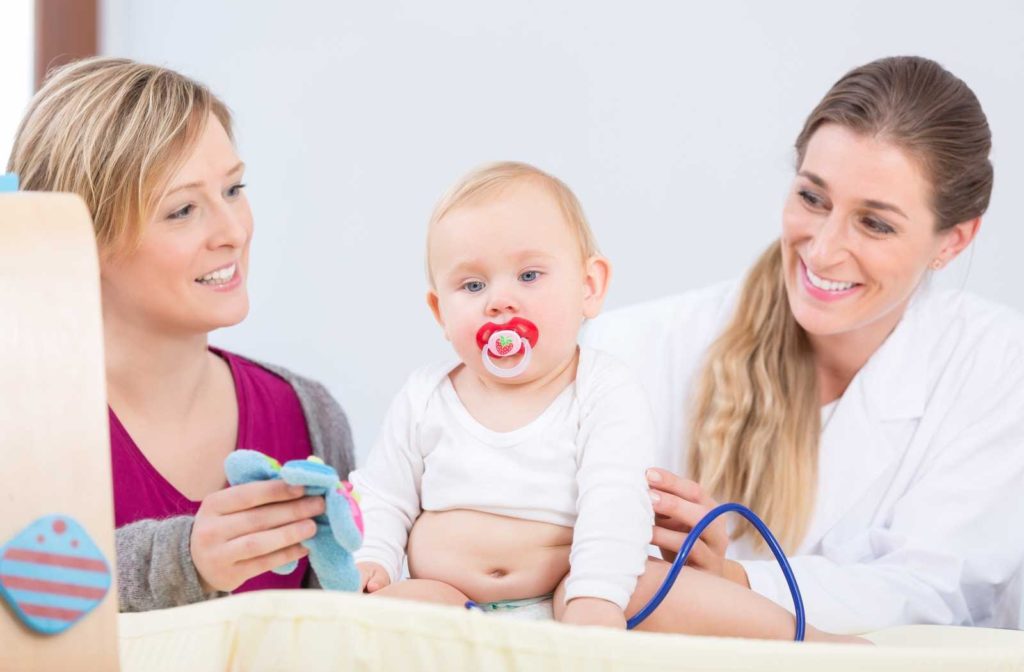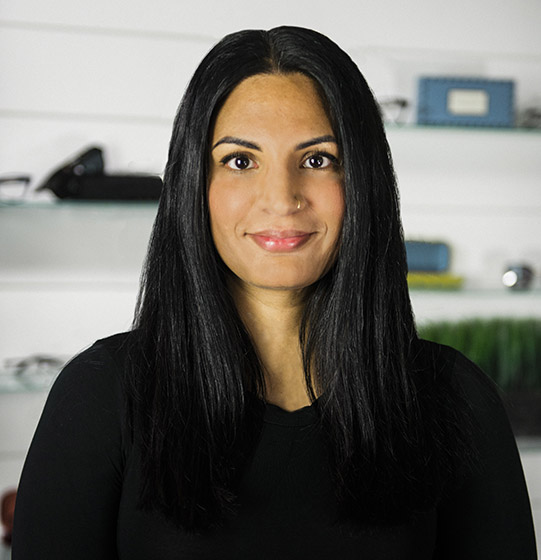It might be hard to guess when you should take your child for your first eye exam. Instinctively, you would wait for them to complain of poor vision as they might complain about an injury. But children don’t always know when there’s a problem, one which might require immediate action from an eye doctor.
From multipurpose retinal imaging to specialized diabetes eye exams, problems can require more specialized examination and care. So it pays to catch an eye disease well before it spins out of control into a permanent affliction. Early and consistent eye exams are a great way to do that.
If you’re surprised to hear that your children need their first eye exam near infancy, you’re not alone. Here are some reasons why and what you can do to help them through a successful first eye care visit.
Why Are Children’s Eye Exams Necessary?
Children need eye exams more than you might think. Just waiting for a child to complain of eye pain, blurry vision or some other symptom doesn’t work all the time. As many as 25% of Albertan children begin elementary school with an undiagnosed vision or eye health problem.
Children are known for being adaptable, so they might just try to get on with life instead of complaining. But failing to solve an eye or vision problem early might make it worse.
An undiagnosed vision and eye problem isn’t the only thing that can affect your child. A large portion of your child’s learning depends on processing what education materials they can see—as much as 80%. That means a problem with vision means they can noticeably lag behind their peers without explanation. You might also notice they lag behind in gross and fine motor skills.
Seeing clearly at a distance remains a top priority. But even 20/20 vision doesn’t guarantee eye health.
When to Have Your Child’s First Eye Exam
As a rule, sooner and more often is better. But as long as you keep within recommended guidelines, your child’s chances of keeping healthy improve.
A common condition that can go undetected without an eye exam is amblyopia (lazy eye). If treated before the age of 3, there’s a great chance that special training and glasses can restore normal function.
But if it’s not corrected by then, the chances of reversing it grow slimmer. Sometimes legal blindness is the result. Other eye diseases might need just as much intervention just as quickly.
Frequency of Eye Care Visits
The Canadian Association of Optometrists (CAO) recommends different eye exam schedules depending on age to cover your bases. Children need regular eye exams tailored to their needs, especially growth, coordination, and development.
The first eye exam a child takes should come between the ages of 6 and 9 months, Then they should have another between the ages of 2 and 5 years. After that, it’s vital to get one every year from ages 6 to 18 years. That’s the recommended minimum.
What Should You Expect from a Children’s Eye Exam?
At a comprehensive children’s eye exam, your optometrist runs through some necessary checks, including:
- Medical history review
- General vision testing in both eyes
- Nearsightedness
- Farsightedness
- Astigmatism
- Colour perception
- Lazy eye
- Crossed-eye
- Depth perception
- Focusing ability
- Eye muscle assessment
- Eye coordination testing
- General eye health checkup
How You Should Prepare Your Child for an Eye Care Visit
Some of the success of the eye exam depends on how well a child can cooperate. Ultimately, it could take more than one visit for your child to feel relaxed at an eye exam, but that’s nothing to worry about.
Since your child should visit the optometrist from 6 to 9 months old, you might schedule an appointment at a time of day where they’re rested, full, and content enough to try new things.
If your child is a little bit older or the optometrist’s office is a distant memory since their last visit, communication can mentally prepare them for the experience. You could ask how they feel and what they think could be fun about it. You can help them manage uncertainties and build confidence with procedures that might seem challenging.
Screen Time
It also helps to inform your optometrist how much screen time your child has been getting. If your child develops poor habits with digital displays, it could lead to problems with their eye muscles and increase the risk of eye disease.
Medical History & Coverage
Other than that, you should have your child’s Alberta Health Care card ready since the cost of eye exams can be covered by an Alberta Health Care Insurance Plan (AHCIP). Anyone with their public health care card can receive insured hospital and physician services, in this case, children’s eye exams.
Nutrition
The best cure is often prevention. You can prepare your child for excellent results at their first eye exam by feeding them baby food or children’s meals rich in the right vitamins for eye health. The vitamins most helpful to vision and eye development are:
- lutein
- zeaxanthin
- vitamins A, C, and E
- beta-carotene
- omega-3 fatty acids
- zinc
If your children get a first eye exam right on schedule, they’ll still be breastfeeding age. In breast milk, there’s not as wide a range of vitamins. Still, there’s a very high concentration of vitamin A, as well as vitamins C and E. Just doing what’s natural by breastfeeding your child from birth can bring a ton of benefits.
Vitamin A, in particular, serves as a fundamental building block for eye health in your child. In the first few days after birth, a mother’s breast milk takes an unusual composition, saturated with vitamin A and beta-carotene (which the body can use to make more vitamin A). After that period, breast milk is lower in beta-carotene but still a rich source of vitamin A.
Looking Forward After the First Eye Exam
Preparation for your child’s first eye exam can give you a great sense of control. But more critically, have an optometrist there to help make a diagnosis if there’s a problem. Early intervention can go a long way in developing your children’s eyesight.
Please call and let us know if you have more specific questions about your child’s first eye exam! We’re happy to help you manage your expectations and prepare for good results.



